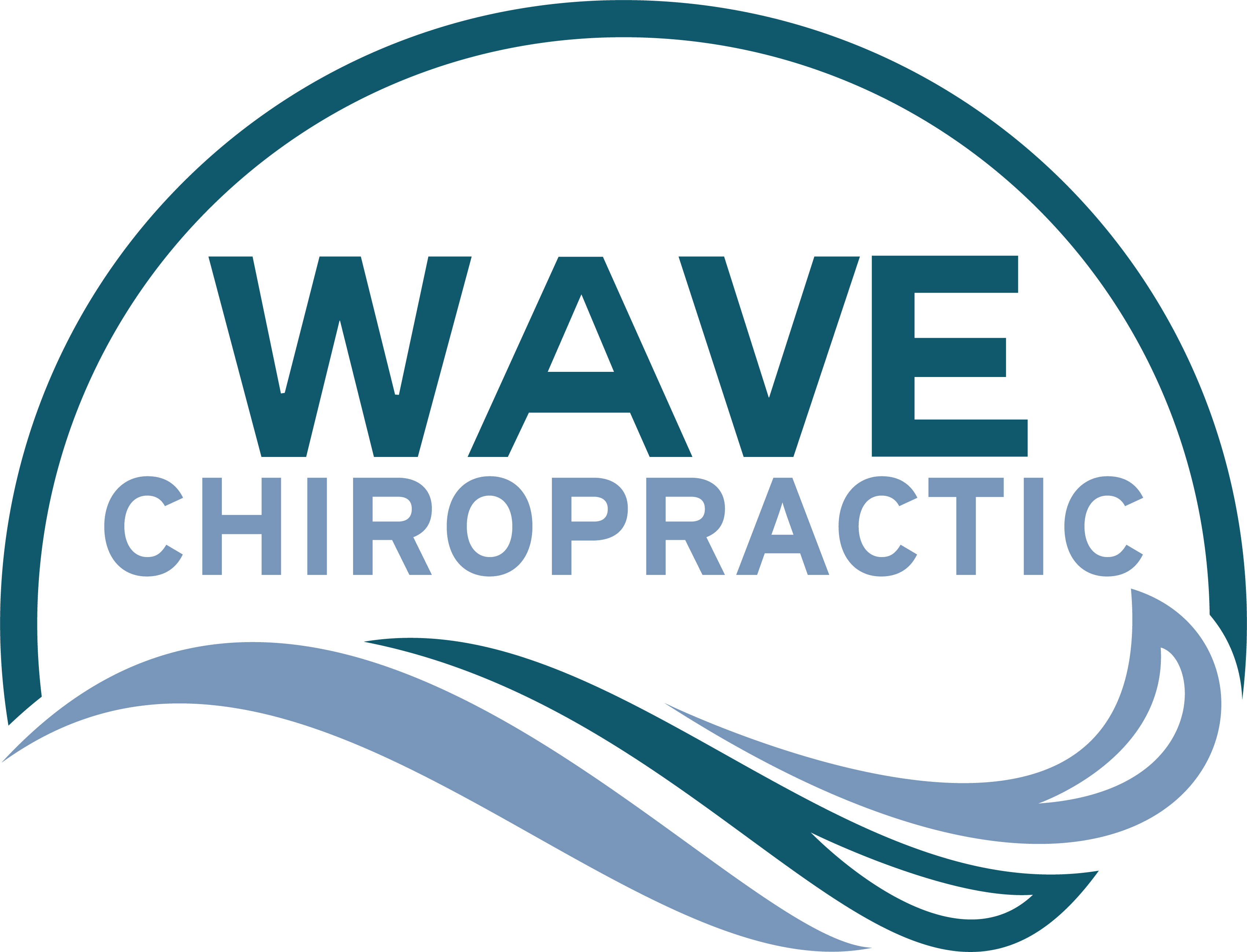If you're dealing with persistent back pain, you might find relief through adjustment techniques. By visiting a chiropractor, you can receive a thorough assessment of your spinal alignment and posture. This process often involves the application of controlled force to restore balance, which can greatly ease discomfort and improve your overall mobility. But there's more to the story than just immediate relief; understanding the long-term benefits of these adjustments can be essential for your overall health. What other techniques can complement your journey to a pain-free back?
Understanding Back Pain
Back pain affects about 80% of adults at some point in their lives, making it a common issue you might face. Understanding the nature of back pain is vital for managing it effectively. It can stem from various causes, including muscle strain, herniated discs, arthritis, or even poor posture.
Identifying the type of pain you're experiencing—whether it's sharp, dull, or radiating—can help you determine the best course of action. You might experience acute back pain, which arises suddenly and lasts for a short period, often due to injury or overexertion. Alternatively, chronic back pain persists for 12 weeks or longer, often resulting from underlying health issues.
It's important to listen to your body and recognize the patterns of your pain. For instance, does your pain worsen after prolonged sitting or standing? Understanding these triggers can be the first step toward relief.
Lifestyle factors play a significant role too. Sedentary habits, lack of exercise, and excess weight can contribute to back pain. Incorporating regular physical activity and strengthening your core muscles may help prevent future episodes. Additionally, being mindful of your posture while sitting or lifting can make a significant difference.
Ultimately, understanding back pain involves recognizing its symptoms, identifying triggers, and making lifestyle adjustments. By taking proactive steps, you can empower yourself to manage your pain more effectively and improve your overall quality of life.
Chiropractic Adjustments
Chiropractic adjustments can be an effective way to alleviate back pain and improve spinal health. When you visit a chiropractor, they'll assess your posture, spine alignment, and overall mobility. By identifying misalignments or dysfunctions, they can tailor a treatment plan specifically for you.
During an adjustment, the chiropractor applies controlled force to your spine, often using their hands or specialized tools. This manipulation helps restore proper alignment, which can reduce pain and enhance your range of motion. Many people find immediate relief after an adjustment, experiencing less tension and discomfort in their back.
It's important to remember that each session builds on the previous one. Consistency in your visits can lead to better long-term outcomes. Your chiropractor may also provide recommendations for at-home care, such as specific exercises or lifestyle changes, to support your recovery.
Chiropractic adjustments aren't just about immediate relief; they can also contribute to your overall well-being. Regular adjustments can help prevent future issues, promote better posture, and even support your immune system.
If you're dealing with chronic back pain, consider scheduling a consultation with a chiropractor. They'll guide you through the process and guarantee you understand what to expect.
Yoga and Stretching
Incorporating yoga and stretching into your routine can greatly alleviate back pain and improve flexibility. These practices not only help relieve tension but also strengthen the muscles that support your spine. When you engage in yoga, you're encouraged to focus on breath and movement, which can enhance your overall body awareness.
Start with gentle stretches, like the Cat-Cow pose, which helps mobilize your spine and relieve stiffness. This movement warms up your back muscles and encourages fluid motion.
Another beneficial pose is Child's Pose; it helps elongate your spine while providing a gentle stretch to your lower back. Hold these poses for several breaths, allowing your body to relax and release tension.
As you gain confidence, consider incorporating more dynamic sequences like Sun Salutations. These flows are great for improving your flexibility and strength, ultimately reducing the risk of future injuries.
You might also try poses like Downward Dog or Warrior II, which engage multiple muscle groups while stretching your back.
Consistency is key. Aim to practice yoga or stretching at least three times a week. Listen to your body and take it slow; it's important to avoid pushing yourself too hard.
If you feel pain, ease off and modify the poses as needed. By integrating yoga and stretching into your life, you're taking proactive steps toward relieving back pain and enhancing your overall well-being.
Massage Therapy
Massage therapy offers a powerful way to relieve back pain by targeting muscle tension and promoting relaxation. When you experience discomfort in your back, the tightness and stress in muscles can exacerbate the pain. A skilled massage therapist can help alleviate this tension, allowing your body to recover more effectively.
During a session, the therapist uses various techniques such as kneading, tapping, and applying pressure to specific areas. These techniques increase blood circulation, which brings oxygen and nutrients to the affected muscles, aiding in healing. You'll find that regular massage can help reduce inflammation and improve flexibility, making it easier for you to move without pain.
In addition to physical relief, massage therapy can have mental benefits. It can reduce stress and anxiety levels, which often contribute to chronic pain. By creating a calming environment and focusing on your body's needs, you can leave each session feeling rejuvenated and more capable of managing your back pain.
Consider incorporating massage therapy into your routine, whether it's once a week or once a month. You might choose deep tissue massage for deeper muscle work or a more gentle approach like Swedish massage, depending on your preferences and comfort level.
Remember, communication with your therapist is key; be sure to express what feels good and what doesn't.
Incorporating massage therapy into your pain management strategy could make a significant difference in your overall well-being. Don't hesitate to explore this effective option for back pain relief.
Lifestyle Modifications
Many people underestimate the impact of lifestyle modifications on back pain relief. You mightn't realize how small changes in your daily routine can greatly reduce discomfort and improve your overall well-being.
Start by evaluating your posture. Whether you're sitting at a desk or standing in line, keeping a straight spine and aligned shoulders can alleviate unnecessary strain on your back.
Physical activity is another essential factor. Incorporating regular exercise into your routine can strengthen muscles that support your spine, enhancing stability and flexibility. Aim for low-impact activities like walking, swimming, or yoga, which are gentle on your back while still providing benefits.
Pay attention to your sleeping habits as well. An unsupportive mattress or poor sleeping positions can contribute to back pain. Make sure your mattress supports your body adequately and consider sleeping on your side with a pillow between your knees for better spinal alignment.
Don't forget to manage your weight. Excess weight can put additional pressure on your spine, leading to pain. Eating a balanced diet and staying active can help you maintain a healthy weight.
Lastly, take breaks during prolonged periods of sitting or standing. Stand up, stretch, or walk briefly to relieve tension in your back.
Conclusion
To summarize, managing back pain effectively requires a combination of techniques. By seeking chiropractic adjustments, incorporating yoga and stretching, and considering massage therapy, you can greatly improve your well-being. Don't forget to make lifestyle modifications that support your spine and overall health. Regularly focusing on these strategies not only helps relieve pain but also promotes long-term spinal health. Take charge of your back health today and enjoy a more active, pain-free life!

